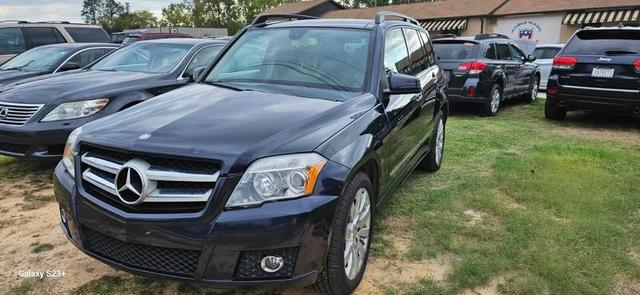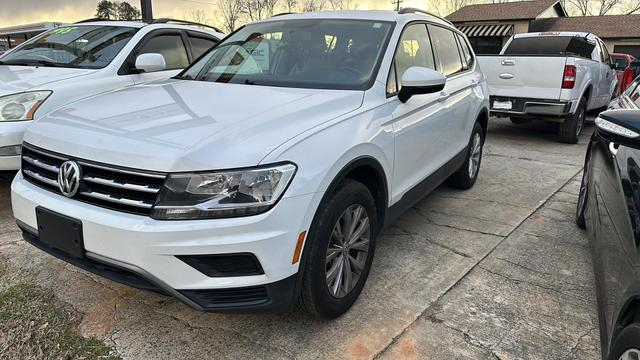
ADAS
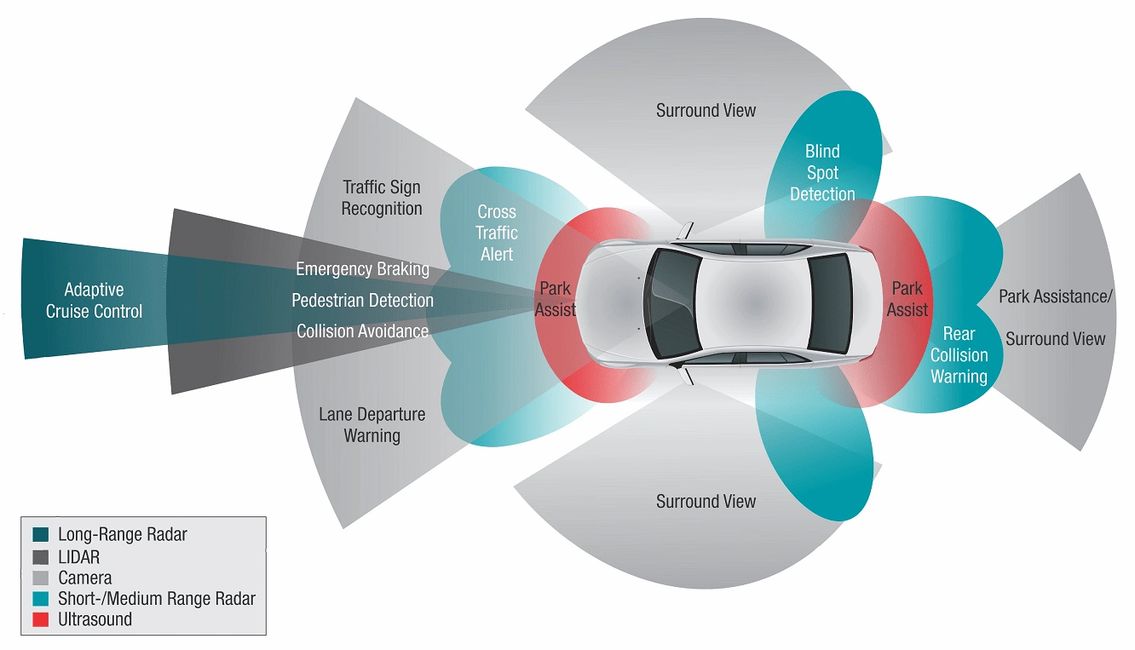
ADAS Calibration Center
Introduction
Increasing numbers of new cars are equipped with Advanced Driver Assistance Systems (ADAS). Some of the more common ones include:
- Forward collision warning
- Automatic emergency braking
- Adaptive cruise control
- Lane departure warning
- Lane keeping assist
- Blind spot monitoring
- Rear cross traffic alert
- Parking assist/self-parking
- Adaptive headlights that steer with the vehicle
- Automatic headlight high-beam activation and dimming
To do their jobs, ADAS rely on inputs from a variety of sensors that allow the systems to “see” what is happening around the automobile. The most common are camera, radar and ultrasonic sensors. Steering sensors are also used to help determine the direction of vehicle travel. Some systems use information from a single type of sensor, but others combine information from multiple sensors – a process called sensor fusion – to obtain a more accurate “view” of the situation.
Most ADAS sensors are very precisely aimed and require calibration if their positions are disturbed in any way. Consider that a sensor on the car that is out of alignment by a fraction of an inch or even one degree will be aimed at an area significantly off axis 50 or more feet down the road. Misaimed sensors often result from collisions – even a minor fender bender can knock ADAS sensors out of alignment. However, calibration can also be required as a byproduct of common car service work such as windshield replacement, suspension repair or wheel alignment.
Failure to calibrate a sensor when necessary can result in faulty information that will cause ADAS to operate improperly or not at all. Faulty sensor input can cause:
- A warning light or message on the instrument panel
- A diagnostic trouble code (DTC) being stored in the vehicle’s computer memory
- Steering wheel vibration
- Vehicle steering pull
- Increased steering effort
Problems like these can cause a driver to lose trust in a car’s ability to provide safe transportation. ADAS failures may also raise questions about the quality of an auto repair shop’s work.
Sensor Types
The most common types of ADAS sensors are cameras, radar units, ultrasonic transmitters and steering angle sensors. Here is more information about each.

Front-Facing Camera Sensors
Front-Facing Camera Sensors
Because cameras are optical devices that must be able to “see” the road, it is usually easy to identify when a car is equipped with this type sensor. Many camera sensors mount against the inside of the windshield as part of an assembly integrated with the rearview mirror; others attach to the inside of the roof – either directly or as part of a mirror housing. Some automakers, including Subaru and Land Rover, use dual cameras spaced apart from one another to provide enhanced depth perception.
The high-definition image receptors used in camera sensors are not all that different from those found in other digital camera applications. What makes ADAS camera sensors unique is the high-powered microprocessors and advanced data processing algorithms that are built into the assembly. These components turn the constantly changing analog image the camera sees into digital information that ADAS can use to control various safety-critical systems.
Camera sensors “see” the world through the windshield, and are designed for specific rates of light transmission through glass that has minimal imperfections and distortion. A problem in any of these areas can interfere with a sensor’s ability to provide accurate information. Because of this, many automakers specify that only an Original Equipment Manufacturer (OEM) windshield be used if replacement is necessary on a car with a camera sensor. In fact, some car dealers will refuse to calibrate a camera sensor on a car that has an aftermarket windshield installed.
Other Camera Sensors
Some newer cars have 360-degree “around-view” camera systems that use several small cameras at the front, rear and sides of the vehicle to display an overhead view of the immediate area around the vehicle. These are simpler and lower-resolution cameras than those used for ADAS, although they also require calibration. The cameras are usually located in the front bumper or grille, under the side mirrors, and in the trunk lid or liftgate. The computer controlling the system “stitches” the multiple images together to provide a smooth overall view displayed on the infotainment screen in the dash.
Camera Sensors
Many vehicles are equipped with front-facing camera sensors. These sensors are commonly used for automatic emergency braking, adaptive cruise control, lane departure warning, lane keeping assist and automatic headlight high-beam activation and dimming.
Front-Facing Radar Sensors
Radar sensor may be positioned behind a solid plastic cover in the grille.
Adaptive cruise control, forward collision warning and automatic emergency braking are the ADAS most commonly associated with front-facing radar sensors. The millimeter wave radar sensors used on vehicles transmit a high-frequency radio signal that reflects off objects and returns to the sensor. The time it takes to receive a return signal is used to calculate the car’s distance from an object.
Radar sensors are usually mounted in or behind the front bumper or grille. In a few cases, the radar sensor is mounted in the front facing camera housing ahead of the rearview mirror. Radio waves can pass through glass and plastic bumper covers or grill materials, and the sensor usually has a cover to protect it from stones and other road debris. While many radar sensors are centrally mounted, others are offset to one side of the automobile, which affects the calibration process.
Because they are sometimes hidden, determining whether a vehicle has a radar sensor can be more difficult than identifying the presence of a camera sensor. If an external visual inspection does not indicate the presence of a sensor, opening the hood could reveal one. Another method is to check for adaptive cruise control switches inside the car (usually on the steering wheel) or a warning light for an automatic emergency braking and/or adaptive cruise control system that illuminates on the dash as a test when the car is first started.
Other Radar Sensors
Some rear collision warning and blind spot monitoring systems use small radar sensors mounted under the side view mirrors, behind the rear bumper cover or even in the taillights. Bumper- and taillight-mounted sensors may also provide rear cross-traffic alerts when backing out of parking spaces.
To prevent potential interference, most auto manufacturers do not allow repairs to areas of bumper covers that are in front of radar sensors. They also recommend the use of only OEM covers to ensure that the materials used will not interfere with the sensor signals. Excessive bumper cover paint thickness can also be a problem on some vehicles, and automakers advise against placing bumper stickers anywhere near the radar sensors.

lexus, toyota, honda, acura, nissan, infiniti, hyundai, kia

Ultrasonic Sensors
Additional Information
Ultrasonic ADAS sensors do not require calibration. However, they are designed to be in very precise positions in the bumper cover, or anywhere else they are mounted. For this reason, some automakers do not approve the use of aftermarket, reconditioned or recycled body parts, which may be distorted or lack pre-drilled holes in the proper locations for mounting the sensors. Although most ultrasonic sensors broadcast a symmetrical circular sound pattern, some generate an asymmetrical oval pattern which requires that they be mounted with a specific orientation to work properly.
Learn More
Ultrasonic sensors are primarily used for parking assist and self-parking systems. These sensors are installed in the front and/or rear bumper covers where they use reflected high frequency sound waves (in a manner similar to radar) to detect people, cars and other objects in close proximity to the vehicle. Sensors of this type on the sides of cars are used in some self-parking systems and may serve as supplemental sensors in blind-spot monitoring systems.
Steering Angle Sensors
Sensor Calibration
Steering angle sensors are used in lane departure warning, lane keeping and adaptive headlight ADAS. The information they provide is also used for other safety and performance-related systems such as electronic stability control and adaptive suspensions. These sensors are usually built into the steering column and measure the degree of steering wheel rotation.
ADAS sensor calibration is required whenever a sensor’s aiming is disturbed in any way. This can occur in a collision, even a minor fender bender, or be a byproduct of common service work such as windshield replacement, suspension repairs or wheel alignment. Calibration is also called for whenever a sensor or its mounting bracket is removed and replaced, there is a change in tire size, a front airbag deploys and deflects off the windshield, or repairs are made to a car roof that has a sensor bracket mounted to it. Finally, sensor calibration is necessary when there is a related DTC in the car’s computer memory, or an automaker releases a technical service bulletin with instructions that calibration be done as part of another repair.
Sensor replacement and calibration are frequently part of collision repairs. Automakers recommend that body shops now perform a complete diagnostic scan on every vehicle before repairs are begun, and then again after the job is complete. Doing so will help the auto body shop better understand the scope of any problems before work starts, and then confirm that all issues have been resolved, ADAS sensor calibrations are complete, and the vehicle control systems are communicating properly before the car is returned to the customer.
Dealer Information
Address
3149 Highway W 160 W Ste 101 , Fort Mill , SC 29708
Opening Hours
Monday
9 am - 6 pm
Tuesday
9 am - 6 pm
Wednesday
9 am - 6 pm
Thursday
9 am - 6 pm
Friday
9 am - 6 pm
Saturday
9 am - 5 pm
Sunday
Closed


 2005 Nissan Murano
2005 Nissan Murano
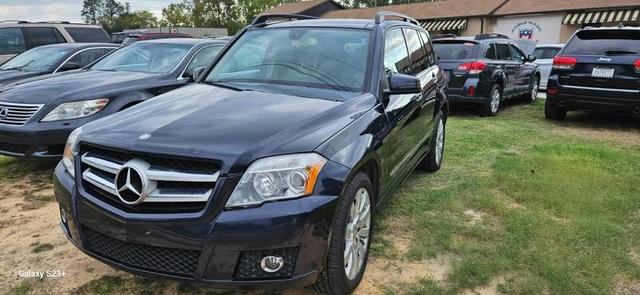 2011 Mercedes-Benz GLK-Cl...
2011 Mercedes-Benz GLK-Cl...
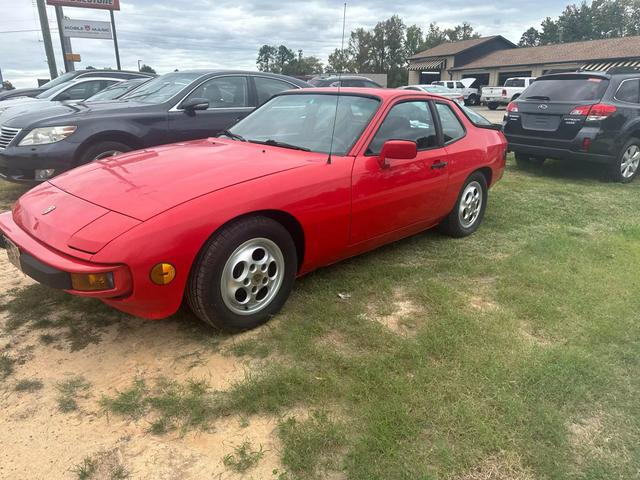 1987 Porsche 924
1987 Porsche 924
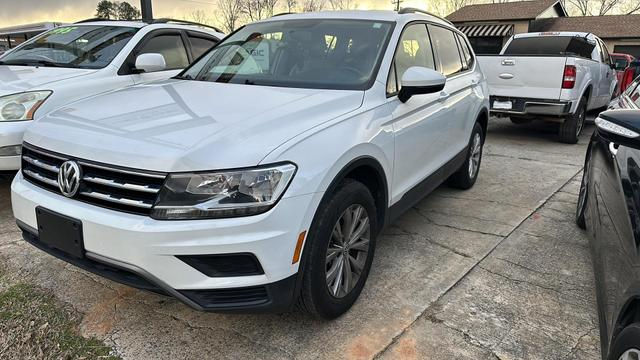 2018 Volkswagen Tiguan
2018 Volkswagen Tiguan
